AstroFlav made its name with its astronomically great product flavors – but they don't just formulate flavored powders. In recent years, we've seen them dramatically expand their catalog of capsule products as well.
They've also developed a nuanced approach to capsule formulation, as exemplified by the new AstroFlav Multivitamin (boosted with shilajit and other mitochondrial-enhancers) and their Embrace women's formula.
AstroFlav Magnesium: Full Disclosure Magnesium Yields
That same trend continues with the new AstroFlav Magnesium supplement, which we'll be discussing today.
In AstroFlav Magnesium, we have a blend consisting of three different forms of supplemental magnesium – magnesium bisglycinate, Sucrosomial magnesium, and magnesium L-threonate.
In these cases with competing formulas, we usually get stuck with a proprietary blend, meaning the supplement formulator doesn't disclose exactly how much of each form is present in the blend. Not so with AstroFlav Magnesium – AstroFlav is telling us exactly how much of each different type of magnesium is present in their blend.
That's pretty awesome. It empowers consumers, and builds the credibility of our industry by helping to set a new standard for transparency and accountability. We talked about this in PricePlow Podcast episode #095 with AstroFlav's Brian Tweer and Brady Adamson, and we're really hoping to see more companies follow AstroFlav's lead on this.
Let's check prices and availability, and then get into it the open-formula blend:
AstroFlav Magnesium – Deals and Price Drop Alerts
Get Price Alerts
No spam, no scams.
Disclosure: PricePlow relies on pricing from stores with which we have a business relationship. We work hard to keep pricing current, but you may find a better offer.
Posts are sponsored in part by the retailers and/or brands listed on this page.
This area is reserved for Team PricePlow's upcoming videos.
Subscribe to our channel and sign up for notifications so you catch it when it goes live!
Magnesium yields can be tricky -- magnesium bisglycinate, for instance, is just 10% elemental magnesium by weight. So a whole gram of it would yield just 100 milligrams actual magnesium (or ~25% the recommended daily value). Let's see how AstroFlav breaks this up to get a full daily dose in 4 capsules.
AstroFlav Magnesium Ingredients
In a single 2 capsule serving of AstroFlav's Magnesium, you get the following:
-
Magnesium (elemental) (from 500 mg TRAACS Magnesium Bisglycinate Chelate, 438 mg Sucrosomial Magnesium, 257.5 mg Magnesium L-Threonate) – 210 mg (50% DV)
Of the essential vitamins and minerals, there is perhaps none more important to optimize than magnesium.
Your magnesium status affects virtually every aspect of your health – magnesium is needed for over 600 reactions involved in such key aspects of cellular metabolism as energy production and protein synthesis.[1] Unsurprisingly, this means that even mild magnesium deficiency can have some pretty devastating downstream effects.
-
Neuropsychiatric effects
Magnesium plays a key part in neurotransmitter synthesis.[2] One second-order effect of this is that magnesium supplementation can often help normalize disordered sleep though its role as a GABA agonist.[3] Since chronically impaired sleep is a compounding risk factor for psychological and emotional disorders,[4] this makes magnesium supplementation a potentially great prophylactic against the same.
Remember that GABA is an inhibitory neurotransmitter, whose action is opposed to that of the excitatory neurotransmitter glutamate. In the same way, magnesium, an inhibitory mineral, is balanced by its antagonist calcium, which has excitatory effects. This balance between muscle and nerve activation, and muscle and nerve relaxation, is key to understanding why so many people feel a palpable sense of relief when supplementing with magnesium for the first time – the magnesium actually causes muscle relaxation by terminating your muscles' impulse to contract.[5,6]
On the other hand, magnesium deficiency often causes symptoms that are commonly associated with stress and anxiety. If it goes on long enough, it can culminate with the burnout of chronic fatigue.[2,7,8]
According to one 2015 study, suboptimal magnesium consumption in people younger than 65 is associated with a 22% increase in risk of depression.[9]
-
Sleep quality
Again, thanks to its role in GABA synthesis, supplementation with magnesium can improve both the quantity and quality of sleep.[10-13]
Besides GABA, another mechanism at play here is magnesium's ability to downregulate cortisol, your body's primary stress hormone. In this fast-paced modern world where many if not most of us are dealing with chronically elevated cortisol, this is a reliable strategy for improving sleep.[11]
One particularly interesting study on magnesium supplementation found that magnesium intake correlates inversely with sleep midpoint. In plain English, this means that those with adequate magnesium intake usually go to bed earlier than those who are magnesium deficient.[14]
-
Other benefits – almost too many to list!
Sleep and mood are the two most benefits people most immediately notice from magnesium supplementation, but there are tons of others as well.
Again, given the huge number of metabolic processes in which magnesium has been implicated, it's not terribly surprising that magnesium status would have far-reaching implications for many aspects of human health.
Here's a partial list of the benefits often seen from correcting a magnesium deficiency:
- Blood pressure reduction[15-18]
- Improved HbA1c and glycemic control[15,19,20]
- Increased insulin sensitivity[15,19-21]
- Normalization of insulin production[15,19-21]
- Reduced risk of type 2 diabetes[22-24]
- Greater bone mineral density[25]
- PMS symptom relief[26-29]
- More efficient clearance of lactic acid[30]
- Better muscle mass and power[31]
- Decreased C-reactive protein[32] and reduced inflammation[31]
- Lower interleukin 6 (IL-6)[33]
- Reduced muscle damage from exercise[34]
- Decreased likelihood and severity of migraines[35,36]
- Migraine symptom relief[37]
- Potential reduction in stress and anxiety[38]
Needless to say, adequate magnesium status is really important for optimal health.
Since exercise increases your metabolic rate, and magnesium is lost in sweat, physically active people like athletes generally have a higher-than-average requirement for magnesium intake.[39]
Now let's get into the specific forms of magnesium used:
-
-
TRAACS Magnesium Bisglycinate Chelate – 500 mg
We like seeing AstroFlav's magnesium complex led by TRAACS magnesium bisglycinate chelate. Amino acid chelated minerals are highly bioavailable,[40,41] and the glycine molecule itself comes with a number of interesting benefits.
-
Some added benefits from the glycine
Just like magnesium itself, glycine is a precursor to gamma aminobutyric acid (GABA), an inhibitory neurotransmitter that has calming, relaxant and anti-anxiety effects on the central nervous system.[42] This mild depressant action of glycine makes it potentially useful for improving sleep quality.
Brian Tweer, founder of Jersey Shore Supplements and AstroFlav, joins the PricePlow Podcast with Brady Adamson to talk business, formulas, and mindset. Listen to Episode #095.
In one 2006 study where subjects took glycine or a placebo before bed, the glycine group reported both higher quality sleep and higher energy levels upon waking than the placebo group.[43]
A similar 2007 study found that glycine supplementation caused subjects to fall asleep faster and easier, and experience higher sleep satisfaction.[44] In this study the researchers actually took polysomnography data, which showed that the glycine group spent more time in deep sleep and had fewer mid-night awakenings.[44] No surprise, then, that the glycine group felt more awake and showed improved cognitive performance the next day.[44]
A 2012 study found that the cognitive improvements from glycine supplementation can persist for several days after taking it.[45] Glycine is also important for protein synthesis, more specifically elastin, an important component of your body's connective tissue.[46]
However, it's important to note that the clinical doses of glycine are generally around 3 grams per day - far more than will be in here. The point is, glycine itself is great to take alongside magnesium, with many similar benefits, and this is why magnesium bisglycinate is quite popular.
-
-
Sucrosomial Magnesium – 438 mg
Next up is the most unique aspect of AstroFlav Magnesium, which is AstroFlav's use of Sucrosomial magnesium. The Sucrosomial technology is essentially an envelope consisting of phospholipid and sucrose ester layers, which enables the active ingredient (in this case, magnesium) to transit through the stomach intact.[47] This means the active ingredient can then be absorbed within the intestines, after which it passes directly into your bloodstream.
In other words, the Sucrosomial envelope is a new type of enteric coating, one that seems to hold great promise – especially when applied to magnesium, a mineral that can unfortunately cause significant gastrointestinal distress and poor uptake when taken in therapeutic doses. Generally speaking, enteric coatings can significantly reduce the incidence of GI side effects.
Sucrosomial magnesium outperformed magnesium citrate, magnesium oxide, and magnesium bisgylcinate in terms of magnesium concentration in the blood compared to its initial value after 24 hours.[48]
In a randomized, double-blind, placebo-controlled study from 2018, Sucrosomial magnesium went head-to-head with several common forms of magnesium supplement – magnesium citrate, magnesium oxide, and magnesium bisglycinate.[49]
When it came to increasing blood levels of magnesium, Sucrosomial magnesium outperformed all three alternative forms, including magnesium bisglycinate – the latter of which is particularly impressive, given that magnesium bisglycinate has a long-standing reputation for its high bioavailability.[49]
Another study found that Sucrosomial magnesium is effective for increasing magnesium blood levels in magnesium-deficient osteoporosis patients who'd suffered from femur fractures.[53
If you're interested in reading more about Sucrosomial technology, see the above study, but dig a bit deeper into a key paper they reference in their introduction: "Sucrose Esters Increase Drug Penetration, but Do Not Inhibit P‐Glycoprotein in Caco‐2 Intestinal Epithelial Cells".[47] This paper's introduction provides a sound background into sucrose esters and how they've long been used in foods thanks to their surfactant properties.
-
Magnesium L-Threonate – 500 mg
Magnesium threonate (MgT) is a form of magnesium that's particularly good at crossing the blood brain barrier, as shown in a 2010 study where it was found to specifically increase the concentration of magnesium within rats' brains.[50]
Magnesium threonate (MgT) did better than other magnesium and threonate preparations at improving A) cerebrospinal fluid (CSF) magnesium level, B) short-term memory test performance, and C) long-term memory test performance in rats.[50]
The authors of this study found that magnesium threonate effectively boosted not just magnesium levels in the rats, but also their performance on short-term and long-term memory tests (see inset image), as well as spatial working, short-term, and long-term memory (not pictured).[50]
They also found evidence that MgT can increase synaptic plasticity.[50]
In a word, magnesium threonate is the nootropic form of magnesium.
-
AstraGin [Astragalus membranaceus (root) Extract and Panax notoginseng (root) Extract] – 25 mg
AstraGin is a patented bioavailability-enhancing ingredient[48,51-54] from NuLiv Science.
By increasing your intestinal cells' production of adenosine triphosphate (ATP), AstraGin can increase their capacity for work, which ultimately means they absorb nutrients from your food and supplements more effectively.[55,56]
AstraGin can even help keep your intestinal tissue in good condition, which is another way it can improve overall digestion.[57]
Dosage and Timing
Total dosage will depend on your diet -- a two-capsule serving (of which there are sixty in this bottle) will yield 50% of your daily recommended value of magnesium. We suggest taking at least that much before bed.
However, if you want to ensure that you're getting enough, you can take four capsules in a day. We've found sleep to be incredible with all four capsules before bed, but you can also split these into AM/PM dosing if you'd like to feel any of the nootropic effects of magnesium threonate.
Conclusion: A Top-Tier Magnesium Supplement
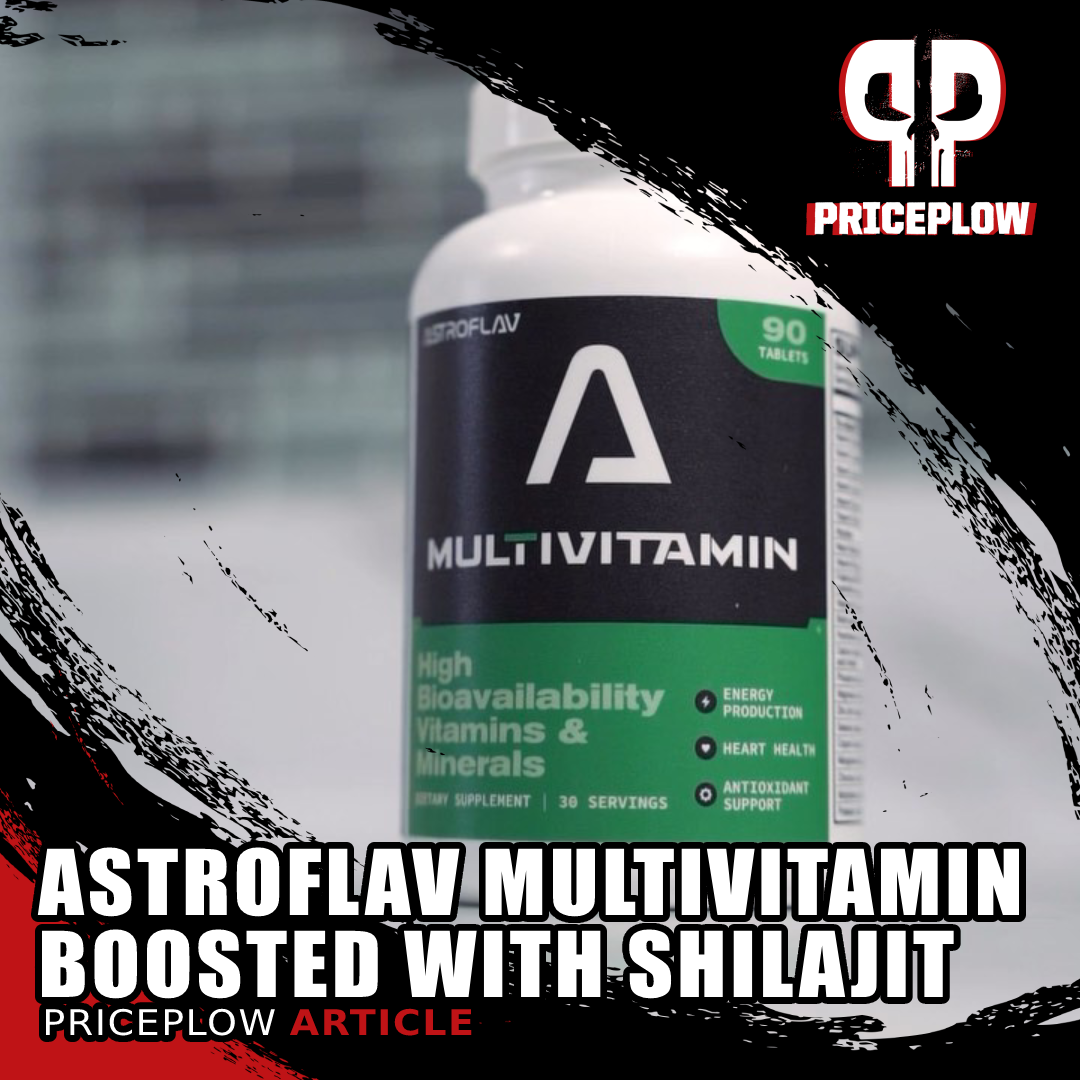
AstroFlav Multivitamin is out and uses high-quality vitamins, minerals, and is boosted with shilajit, CoQ10, turmeric, Spectra, and more!
AstroFlav Magnesium is as good as a magnesium-focused supplement can get – you've got magnesium bisglycinate as the time-tested foundation, Sucrosomial magnesium for even higher bioavailability, and magnesium L-threonate to help focus on the cognitive effects that many consumers are looking for from magnesium supplements.
Unless you're using magnesium for other purposes (such as stool softening - in which case you should try magnesium citrate and/or magnesium oxide), we see no reason why you shouldn't give this one a shot and see how you feel.
If you're looking to try more premiere AstroFlav capsule products, check out their multivitamin, packed with bioavailable ingredients extras.
AstroFlav Magnesium – Deals and Price Drop Alerts
Get Price Alerts
No spam, no scams.
Disclosure: PricePlow relies on pricing from stores with which we have a business relationship. We work hard to keep pricing current, but you may find a better offer.
Posts are sponsored in part by the retailers and/or brands listed on this page.

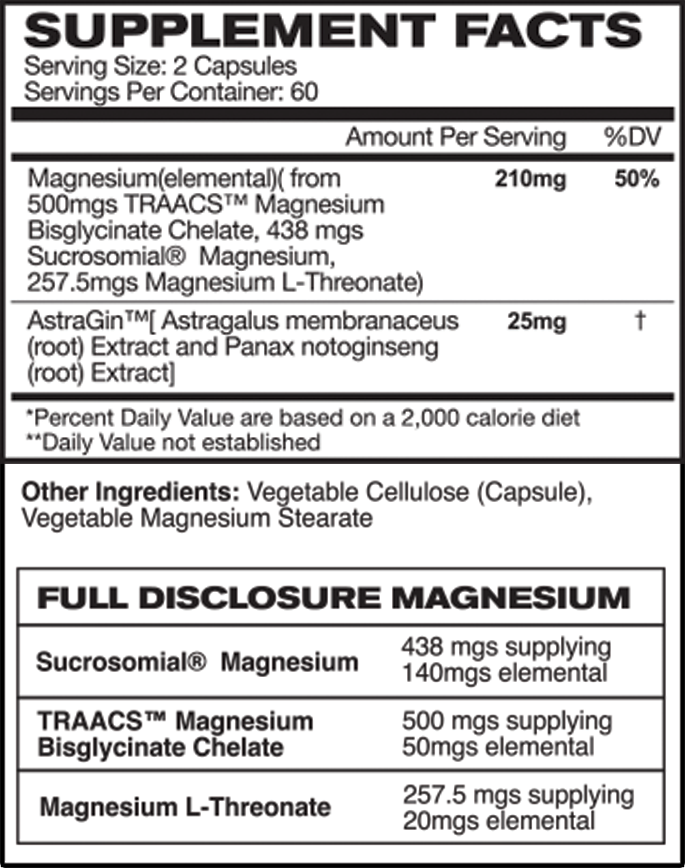
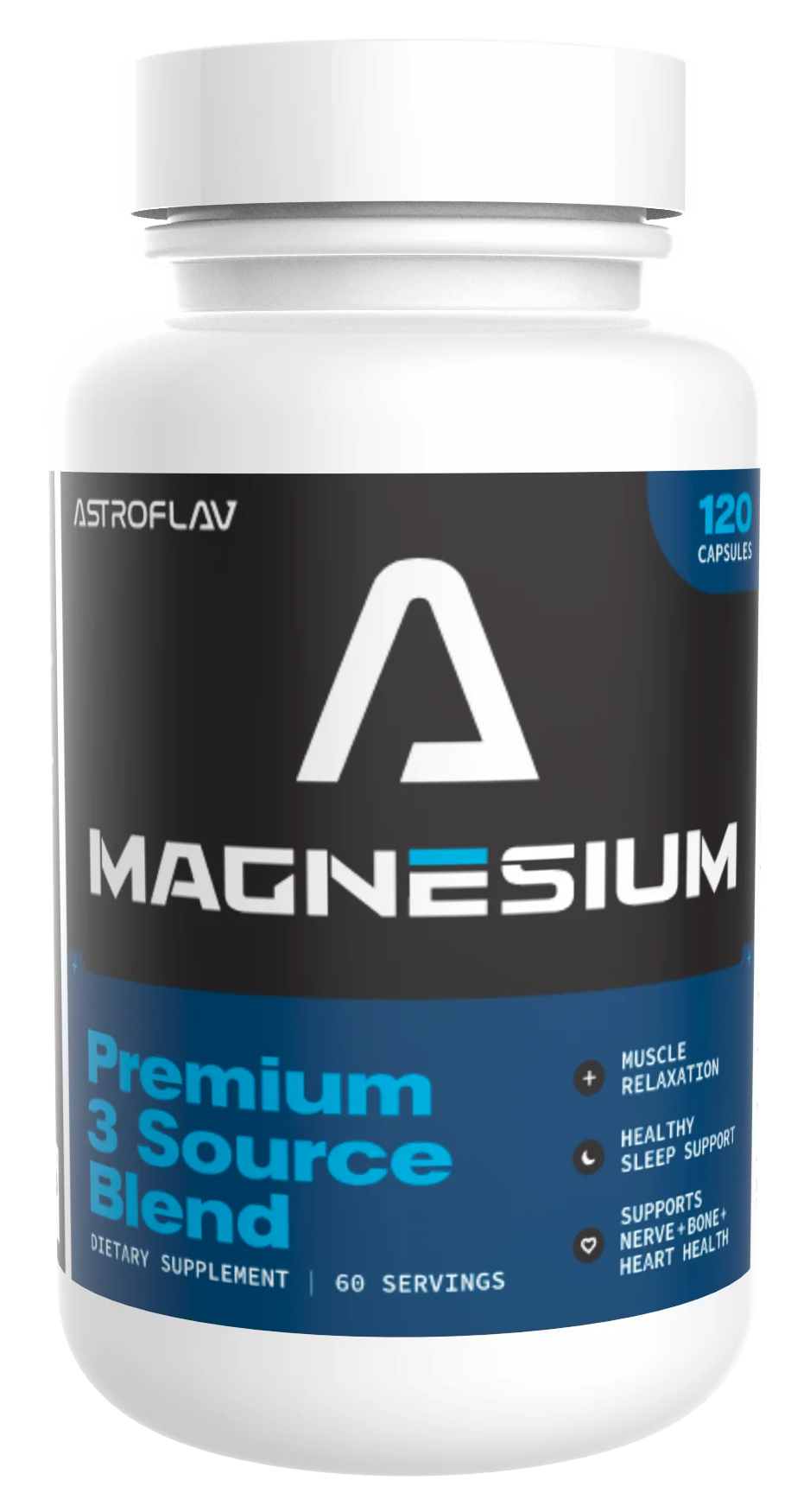
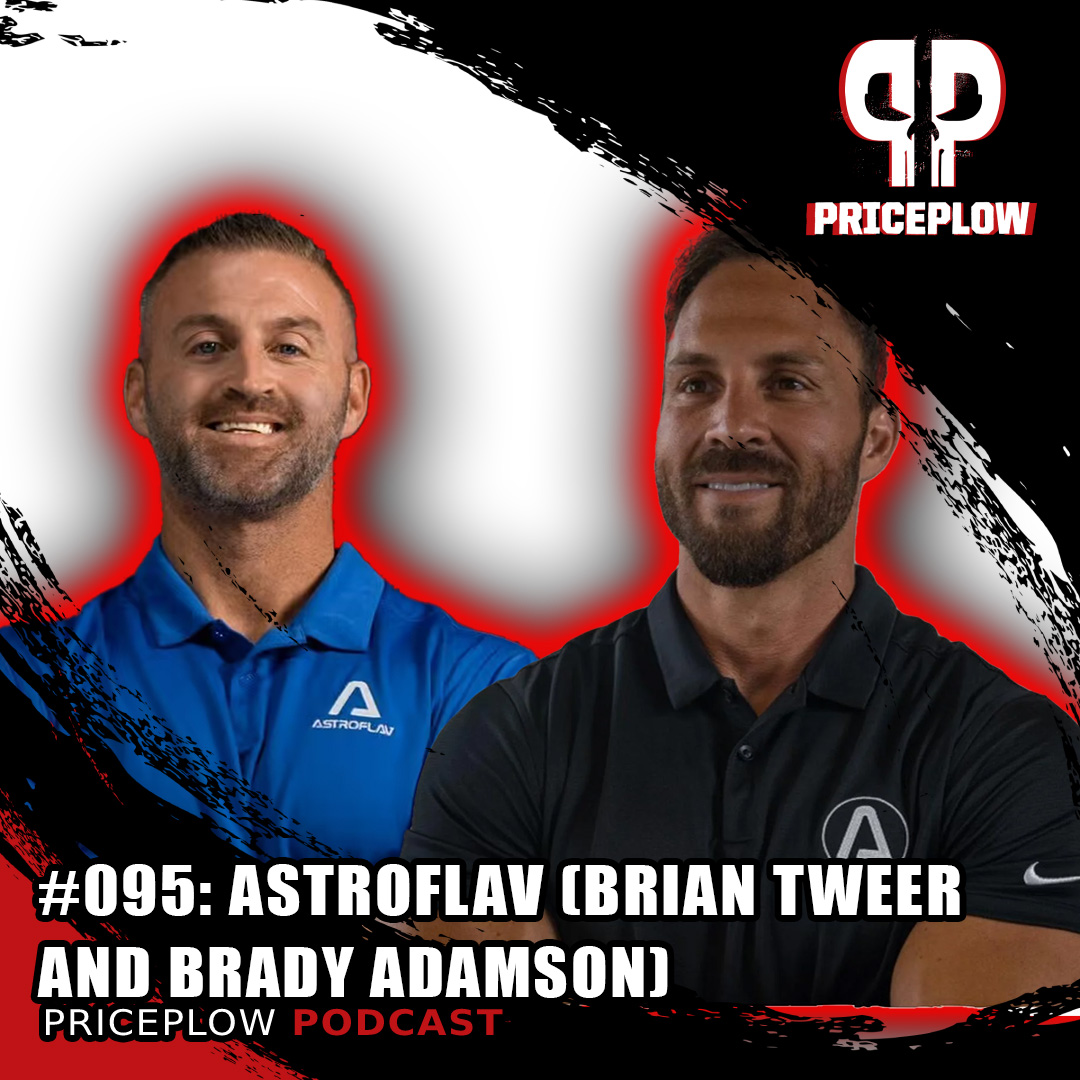
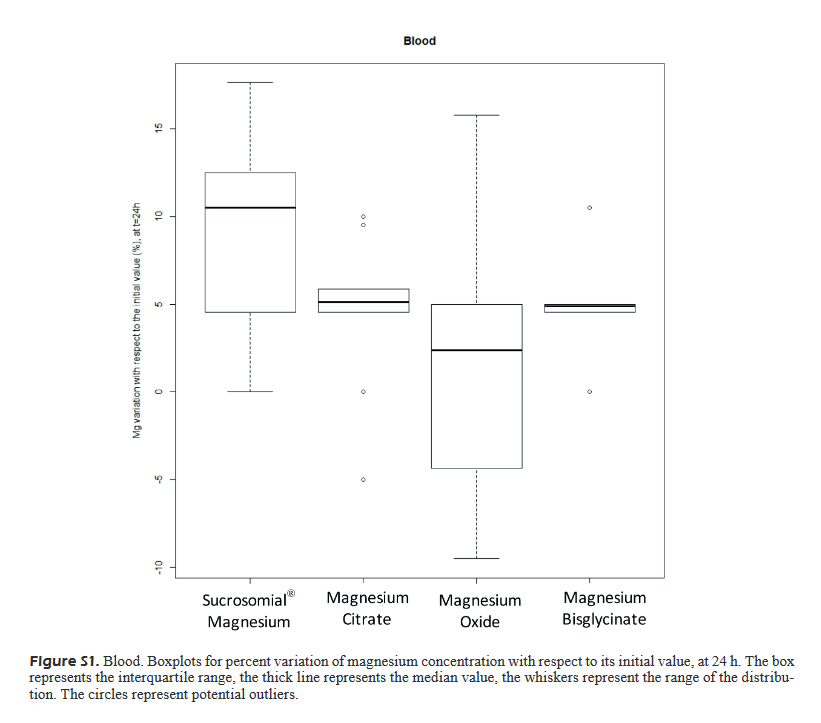
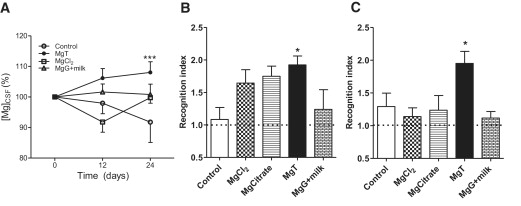


Comments and Discussion (Powered by the PricePlow Forum)